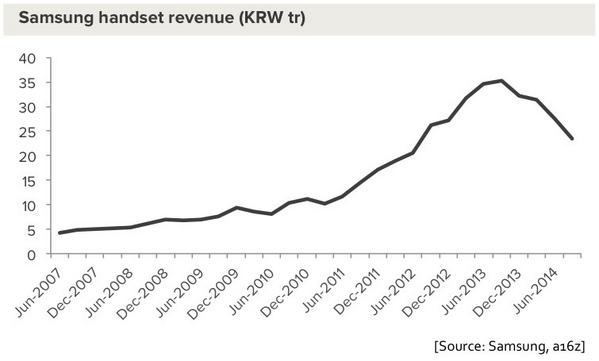Consumers have been longing to get rid of passwords for years. Ad nauseam, we’ve heard the clamors for the end of passwords because of the deluge of usernames and passwords we have amassed and the inherent security issues and frustration they create. Imagine never needing to create another user name or password again for any site or app by using your Apple ID. That’s what Touch ID promises.
Ultimately, Touch ID and Apple Pay are proxies for Apple ID, which is becoming paramount to what is sure to be a strategy to overtake other identity providers.
Consumers will love using Apple ID for authentication on sites and apps because of the seamless experience – imagine being able to authenticate quickly not only at point-of-sale systems and mobile apps using your thumbprint but also on third-party sites just by having your phone in close proximity to your computer.
Businesses, or relying parties, will love it because they’ll get more registrations, identify more customers across devices, and have lower shopping cart abandonment. Apple, in turn, will establish more permanence with users, further entrenching them into the Apple ecosystem.
I've believed the exact same thing since TouchID was announced.
I've also been bullish on the Apple Watch being key to killing passwords.

